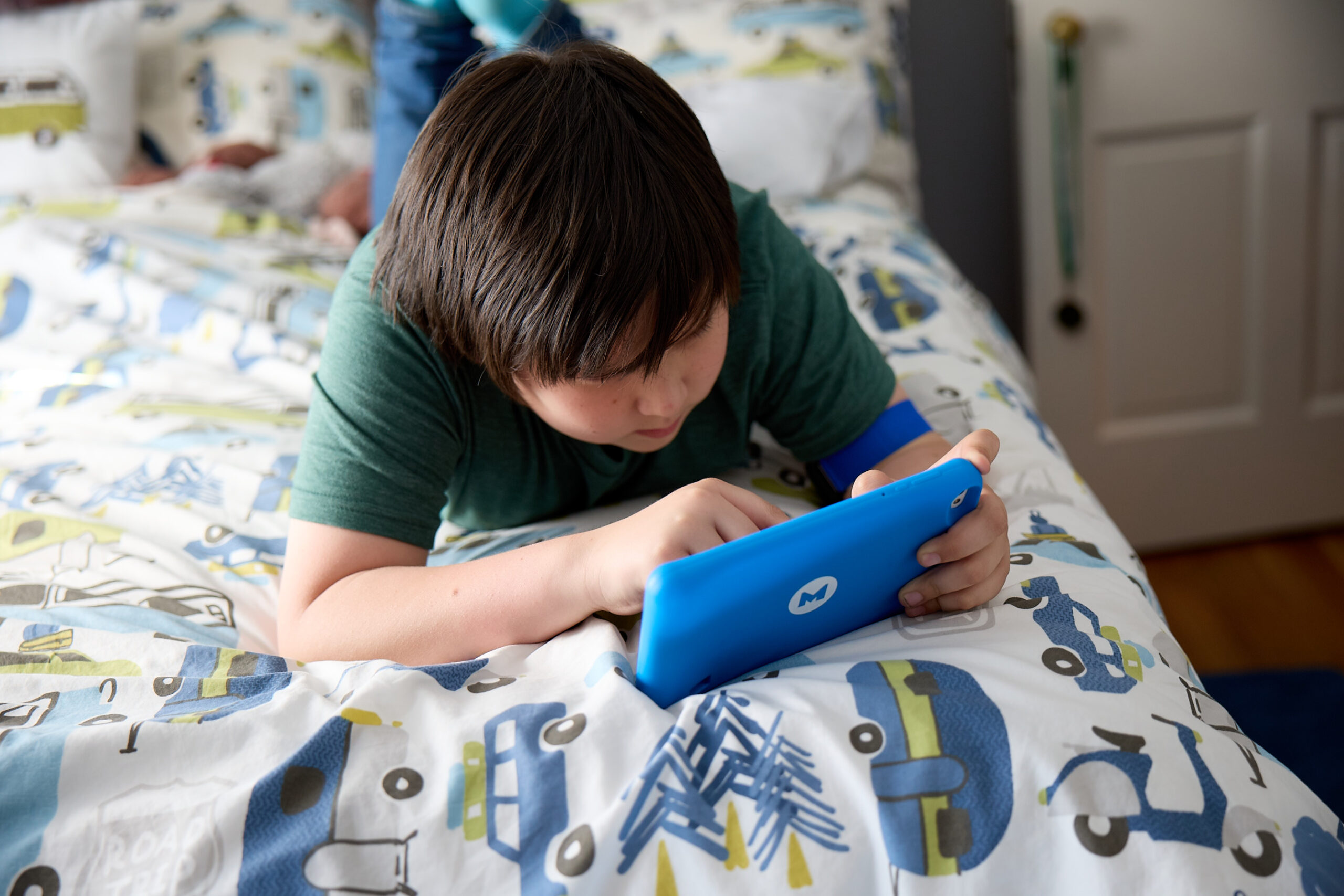
It’s no secret that mental health is just as important as physical health, especially for children. The research is clear that mental health problems during childhood or adolescence are associated with detrimental developmental outcomes (Schlak et al., 2021)1.
In countless conversations we’ve had with parents and families, one theme remains consistent – parents want to connect their children with the highest quality care, but they are finding it difficult to do so.
In a society that places such value on mental health care, and even has a plethora of options for mental health care, how can it be the case that families face such significant barriers in finding effective and affordable mental health care for their children? One answer – our society expects care to only mean therapy, and as long we do that we will continue to perpetuate the barriers that families face in trying to help their children.
Here are the top barriers to care, reported to us directly from the families who faced them:
- Care that isn’t covered. Despite lists of local providers and even tele-health options, families are faced time and time again with the reality that the therapy providers they’re looking for are not covered by their insurance.
- Care that isn’t convenient. For families who are able to find a provider who takes their insurance, there is still the dilemma of scheduling appointments around a parent’s work schedule and a child’s school schedule. And when missed school or missed work means falling behind or experiencing additional stress, families have to make a choice about the value of that tradeoff.
- Care that isn’t engaging. Many kids thrive with their therapist, but many kids just aren’t ready, or don’t have the language, or aren’t interested. In therapy there’s something called the “therapeutic alliance.” This is the relationship, collaboration and connection you have with your therapist around your shared goals. It requires agreement and trust from both sides, as well as investment and belief that the things you are doing with your therapist will help. Therapeutic outcomes are tied to therapeutic alliance. This makes sense – if you didn’t feel aligned or believe your therapist could help, you wouldn’t invest yourself in the work. We need to factor therapeutic alliance (what kids care about, what they believe in, what they’re comfortable with, how they learn) into how we think about their care.
- Care that isn’t enough. When it comes to behavioral health (read as: not only how a child understands their emotions, but also how they regulate and react to their emotions) talking is not necessarily enough. How the body and brain function changes during heightened emotional states, meaning a child is less able to rationally process a situation and remember coping skills in the moments they truly need them. What does this mean? It means that even kids who are receiving care are often still struggling emotionally and behaviorally in real life situations. It means that in order for a child to build stronger emotional regulation skills, they need to practice and build muscle memory around this particular skill set.
Right now, in how our society interprets “care” and what we expect “care” to be, care equals therapy. But that comes with limitations, because it means that when a parent is worried about their child’s mental health and emotional wellbeing, they are set up to look for:
- “Care” that may not be covered.
- “Care” that may not be convenient.
- “Care” that may not be engaging for their child.
- “Care” that may not be enough.
So, how can we think differently about mental healthcare, what it is, and how can we make quality, effective mental healthcare readily affordable and available for kids and families? We have to think beyond therapy. Health plans can set the tone here by expanding their offerings.
The Landscape of Mental Health Care
With the onset of a pediatric mental health crisis, a necessary spotlight on children’s mental health has helped improve systems ultimately helping kids access care sooner (link to story).
Even with the focus on the ever-growing need, there is still much to be done to create a system that truly works for each child and family. Health plans and vendors need to work together to continue to make the pediatric therapy landscape more accessible and affordable.
The Power of Collaboration
One key element in this transformative journey is the collaboration between health plans, programs, and providers.
Health plans are constantly improving mental health benefits for adults and children. For children covered on Medicaid plans, behavioral health services are fairly comprehensive thanks to Medicaid’s EPSDT benefit for children.
With systems like the EPSDT benefit already in place, innovative partnerships need to emerge pairing health plans with clinically validated solutions that can reach historically underserved children in an affordable manner.
Making Care Affordable
Health plans must explore ways to reduce the financial burden on families, and some are already doing so through subsidies, flexible payment options, and partnering with mental health vendors to streamline costs.
Ultimately, the integration of mental health services into existing health plans fosters a holistic approach to well-being, something we should all strive for. By treating mental health with the same level of importance as physical health, families can access the care they need without the financial burden currently present.
Quality Care Tailored for Kids
Early intervention plays a key role in developing healthy, happy humans. Investing in children’s mental health is money well spent.
Health plans need to seek child-centric programs and separate mental health care for adults from their pediatric populations. This will allow for better tracking and ultimately, better outcomes.
The Mightier Solution
The good news is health plans are not alone in solving this crisis. As a validated behavioral health program trusted by thousands of families, Mightier can help transform the therapy landscape. Mightier is convenient, accessible, affordable, and engaging in a way that fits naturally within a family’s lifestyle and schedule. Mightier is also effective in a way that other forms of care are not, letting kids see their emotions in real time, and practice calming skills in a way that truly builds their emotional regulation skill set. We are working to make sure Mightier can be accessible to kids in the best ways possible. By partnering with Mightier, health plans and employers can provide their families immediate access to care that works, no matter the location.
Interested in learning more about innovative ways to increase access to quality, affordable mental health care for your families?
We would love to talk.
- Schlack, R., Peerenboom, N., Neuperdt, L., Junker, S., & Beyer, A. K. (2021). The effects of mental health problems in childhood and adolescence in young adults: Results of the KiGGS cohort. Journal of health monitoring, 6(4), 3–19. https://doi.org/10.25646/8863 ↩︎

















